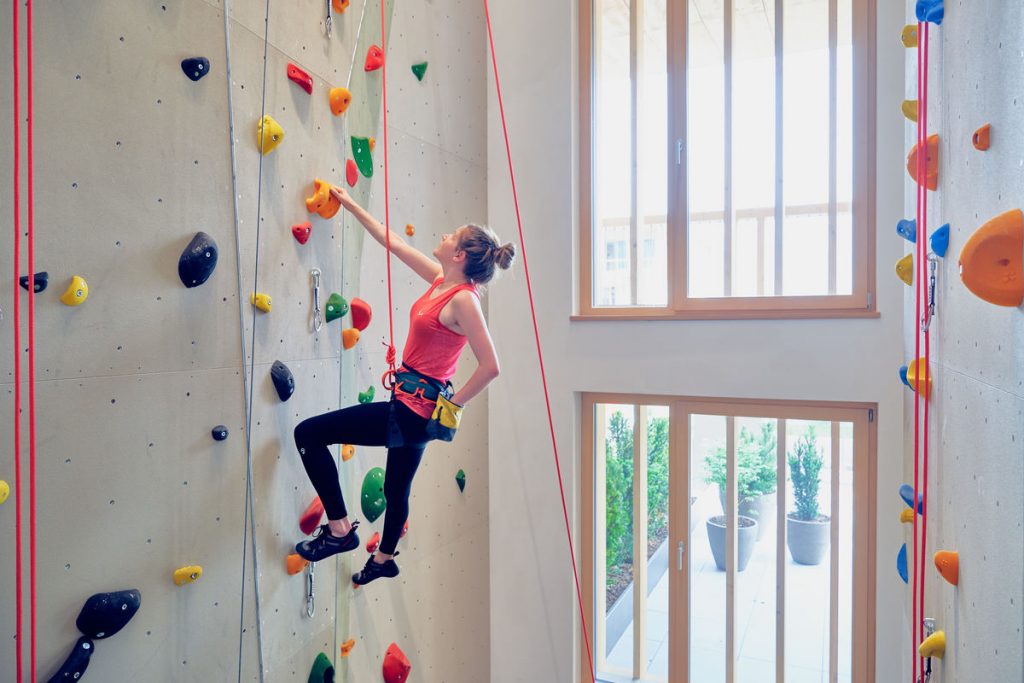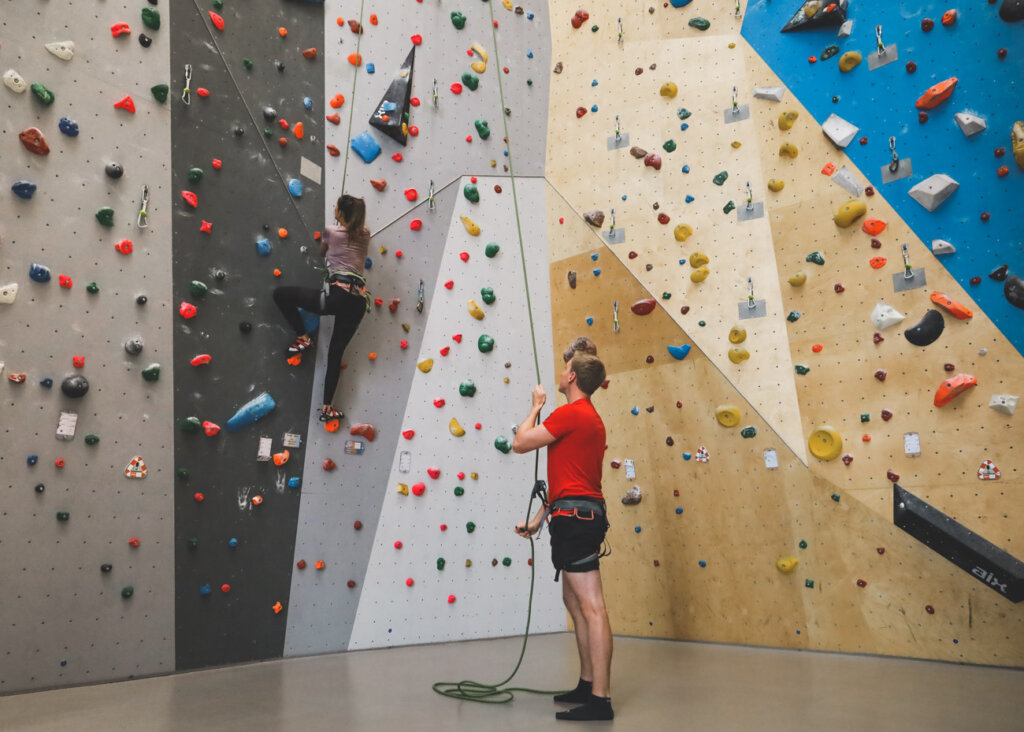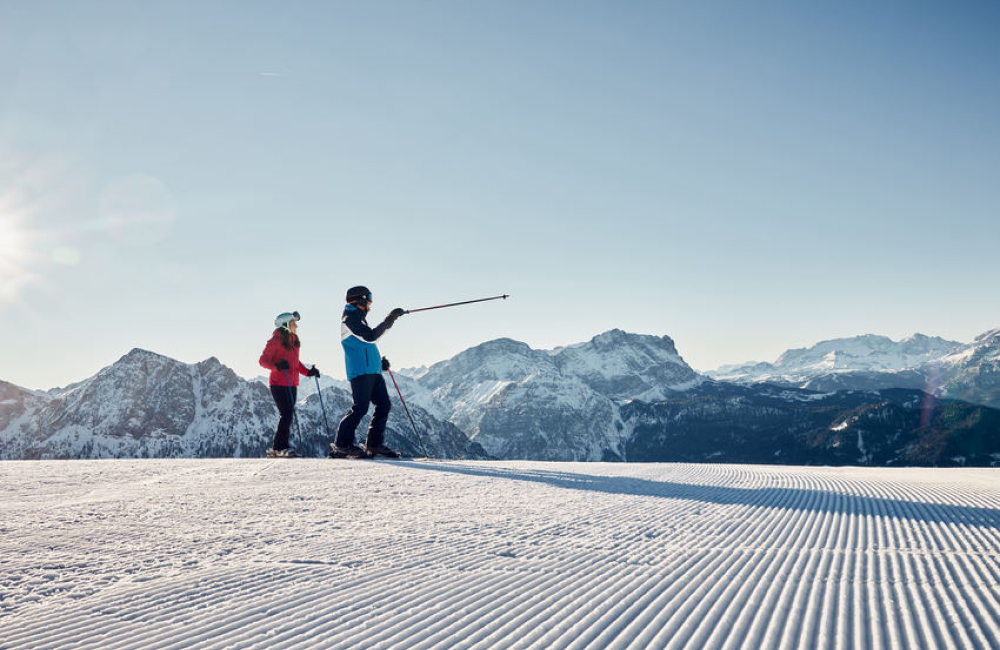You’ve wanted to try climbing for a long time, but you’ve never been to a climbing gym? No problem. So you know what to expect, we tell you what you should know about helpful courses and the necessary equipment.
Climbing in the hall is definitely a great sport that challenges the entire body and improves body awareness. This much in advance: Strength is not everything in climbing – step by step, the technique, and mental strength also improve so that climbing is simply even more fun. Once you have learned the basics, you can let off steam anywhere, because climbing gyms are really everywhere, sometimes even in hotels.
DIFFERENCE BETWEEN CLIMBING AND BOULDERING
The first thing you need to know is that many climbing gyms offer bouldering areas in addition to normal climbing walls, which can be over 10 meters high. Even pure bouldering halls are not uncommon. Bouldering and climbing are also priced differently when entering the hall. A beginner is often not quite clear about the difference, so we explain it to you briefly.
Bouldering: The climbing walls are mostly under 4 meters, so no rope safety is needed. The only thing you need is climbing shoes. In case of a fall, a soft floor mat will ensure a softer landing. Bouldering involves climbing different colored routes to improve technique and strength or to get a feel for the sport as a beginner. Bouldering also works without a partner and is therefore super suitable for all beginners.
Climbing: To conquer the 10-20 meter high climbing walls in the hall, you always need a partner to belay you. Knowledge about the necessary equipment, belaying, and technique is mandatory here. Therefore, we recommend that every beginner also take a course to learn the necessary basics.
Info: The following tips always refer to climbing and not bouldering.
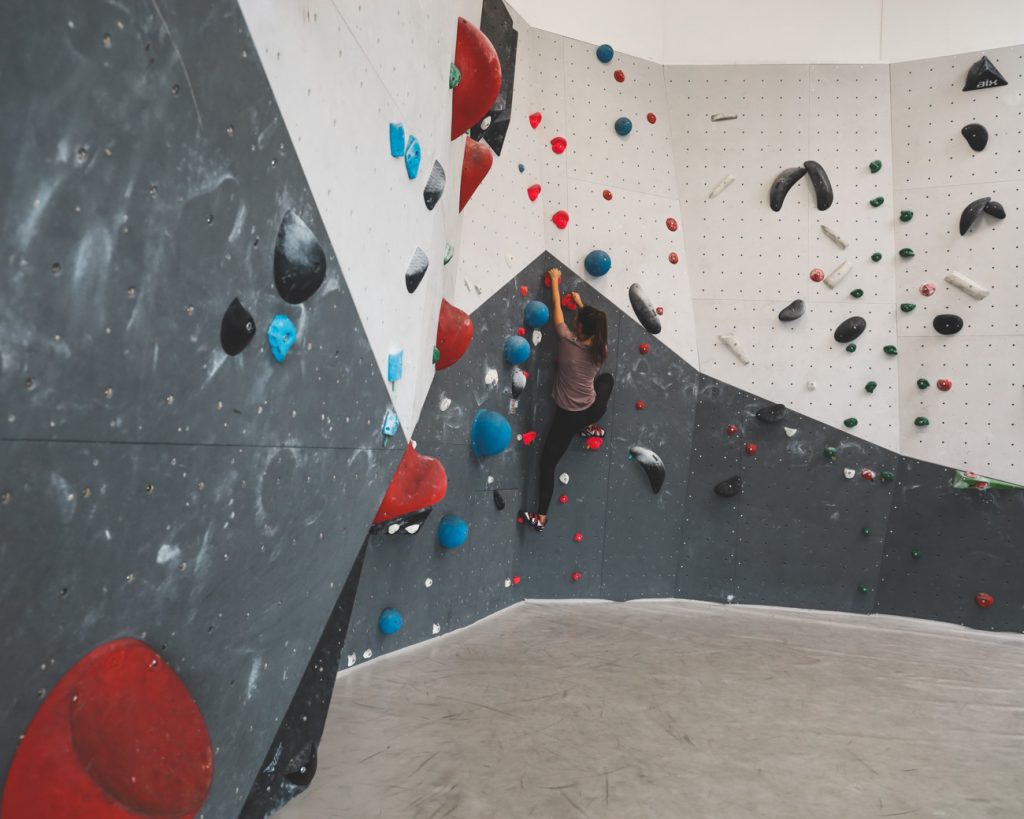
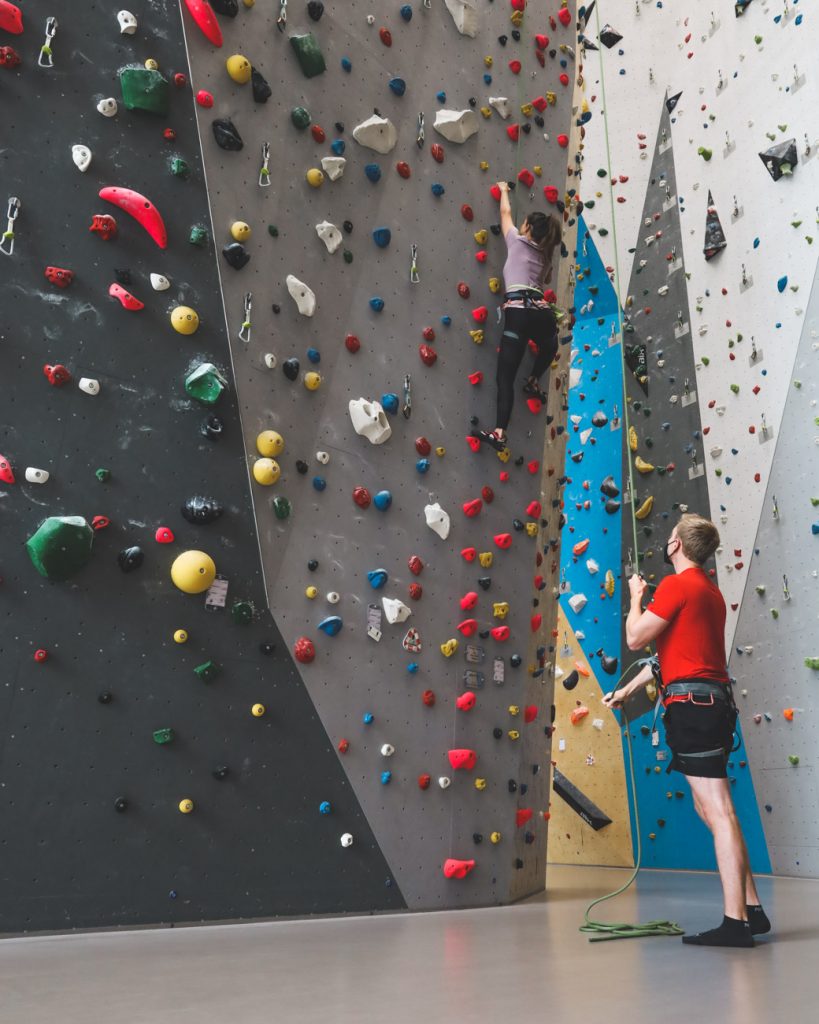
EQUIPMENT
So what equipment or gear do you need to climb indoors? While you theoretically only need climbing shoes for bouldering, you need something more for sport climbing on the high wall.
- Climbing shoes: The slightly curved shoes are reinforced at the front and are otherwise very tight-fitting. The first time you will curse them because there are more comfortable shoes, but you get used to it. If you rent shoes, take your normal size in the beginning, even if it is always recommended to take them one size smaller.
- Harness: Make sure that the harness fits well, there are also different sizes.
- Climbing rope: In the beginning, you will only climb routes where the rope is already hanging in the belay (top rope). Later, when you hook the rope yourself (lead climbing), you will need a 50-meter rope.
- Belay device: The person belaying the climber in the hall and standing at the bottom needs a belay device that is connected to the rope. Here there are different systems. For beginners, a “semi-automatic belay device” is suitable, which automatically blocks in the event of a fall.
- Magnesium: If your hands sweat easily, get magnesium and a small bag to help you grip the climbing holds. Note: Some climbing gyms now only allow liquid magnesium.
Don’t worry, if you are a beginner and don’t have any equipment yet, you can borrow everything you need in most halls.
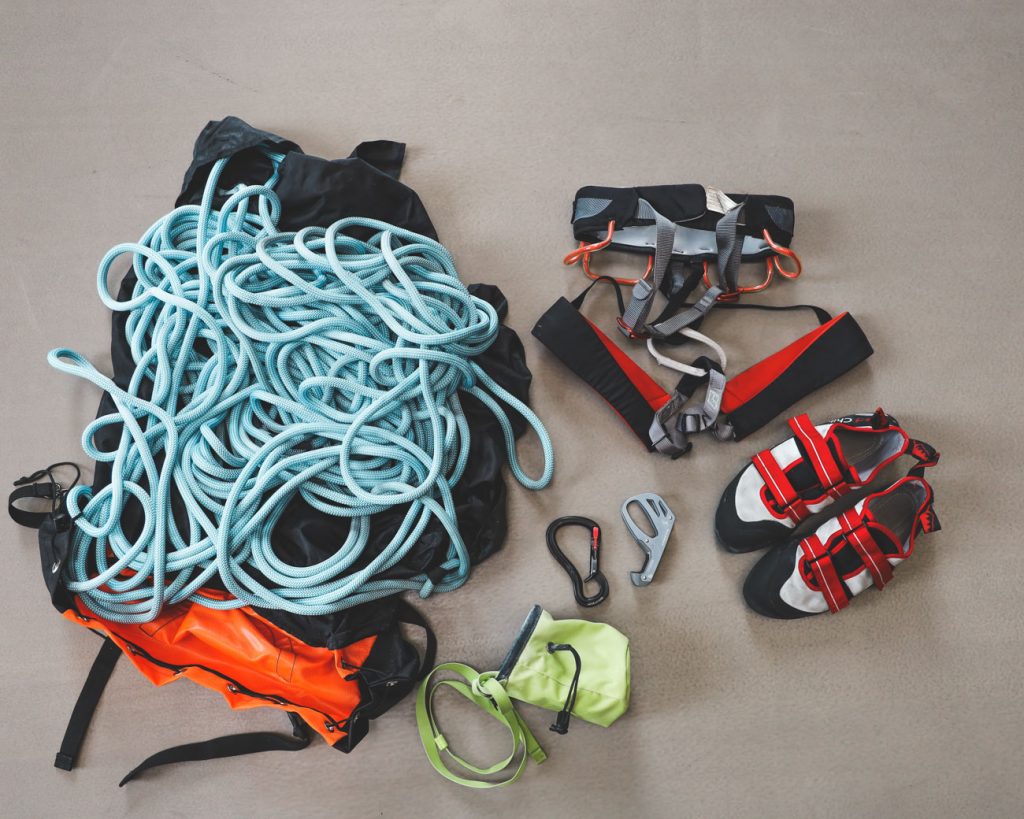

CLIMBING DIFFICULTIES
The difficulty of climbing depends on the so-called climbing routes, each of which consists of holds of the same color. The distance between the holds, the shape or “grip” and the degree of inclination of the wall (overhang) then determine the difficulty of the route, which is described at the bottom of each wall.
Fun fact: Often the climbing routes are given additional funny names, such as “Swiss cheese”, “Spiderman” or “Pipifax”.
What you should remember: The difficulty scale ranges from 1-12 in climbing gyms, with 1 being the easiest level and 12 being the absolute professional level. In climbing gyms, you will usually find routes between 3-10. In the common UIAA rating, there are also intermediate levels, which are marked with “-” and “+”. A “4-” is more like a “3” and is easier than a “4+”, which tends to be more like a “5”.
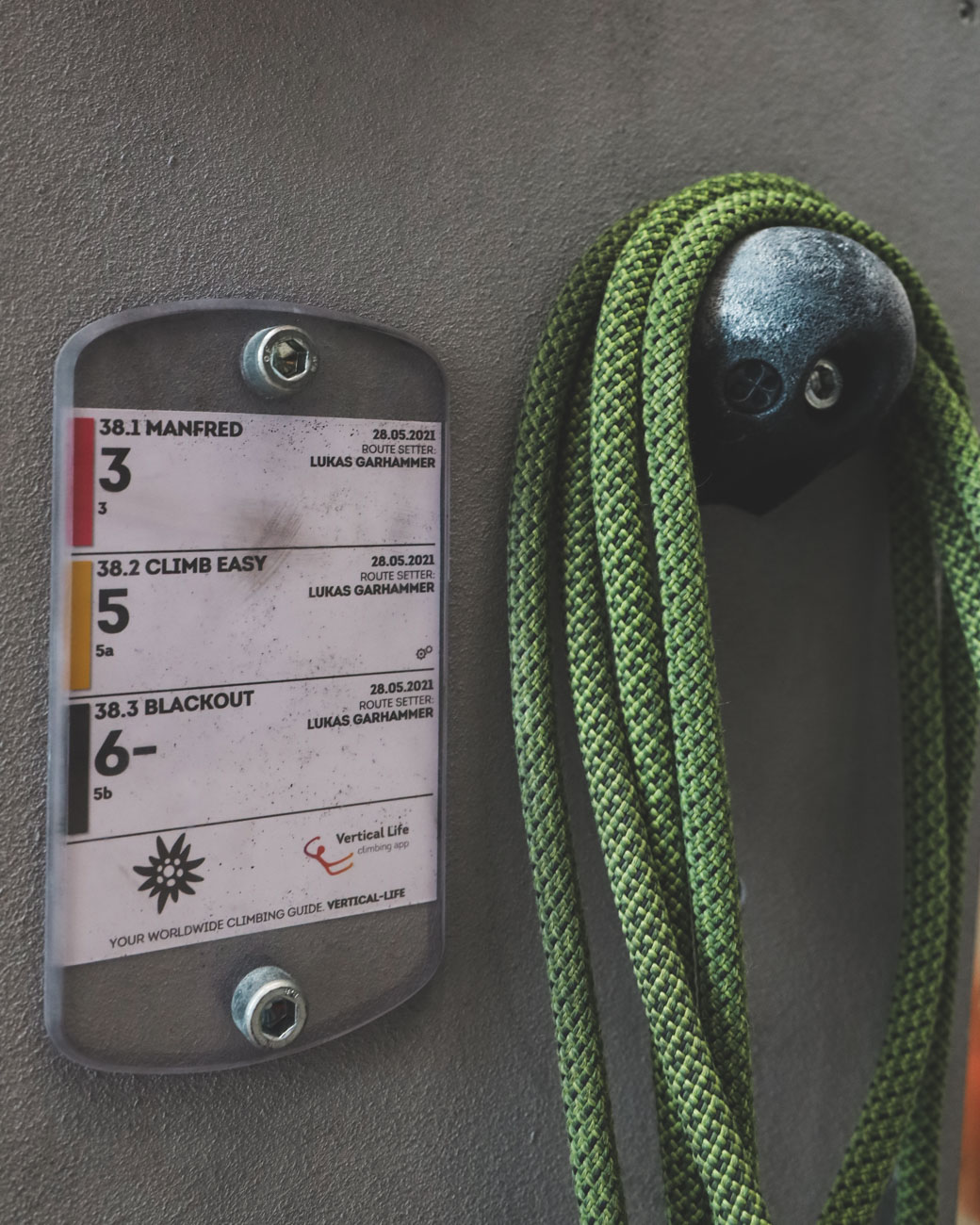
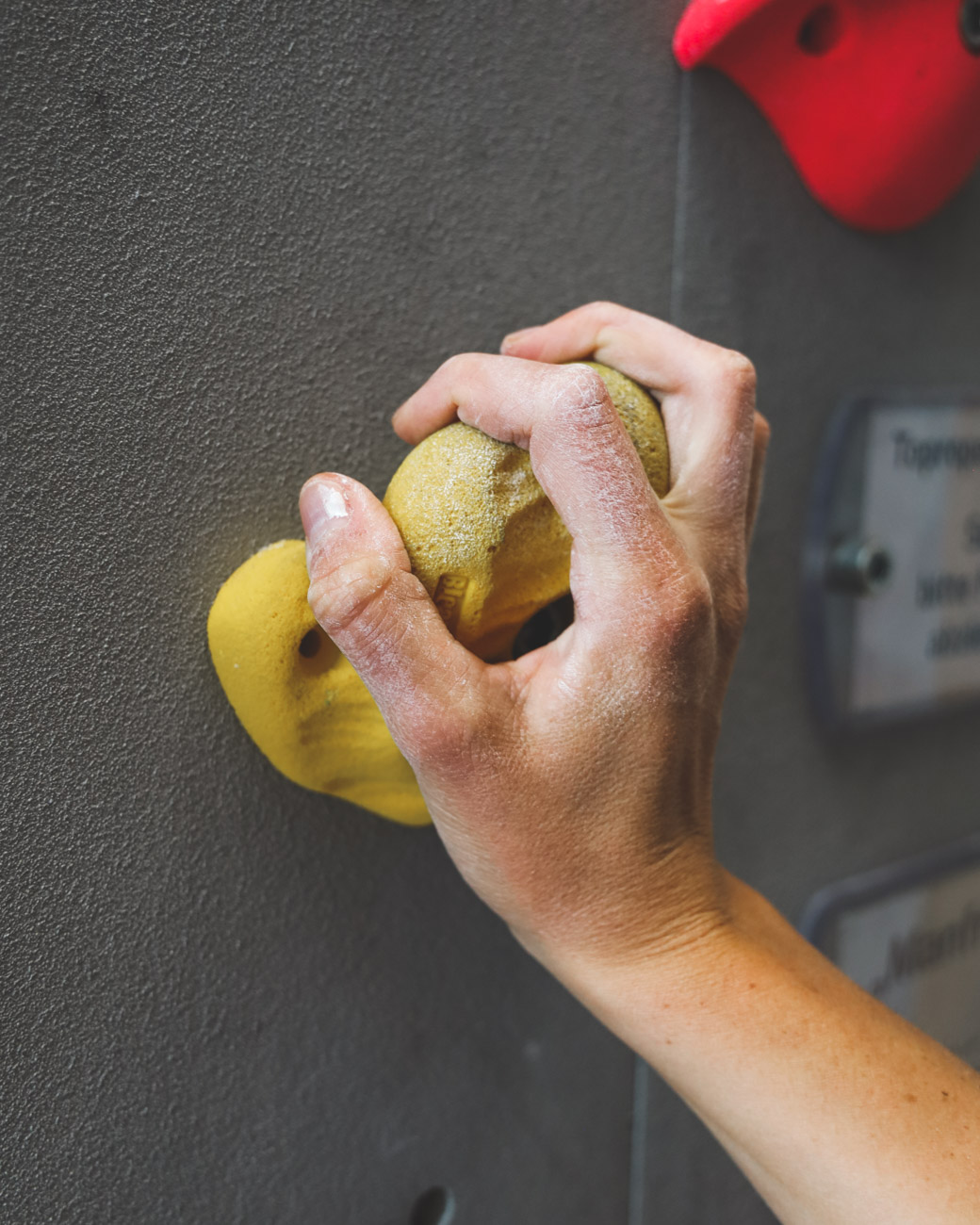

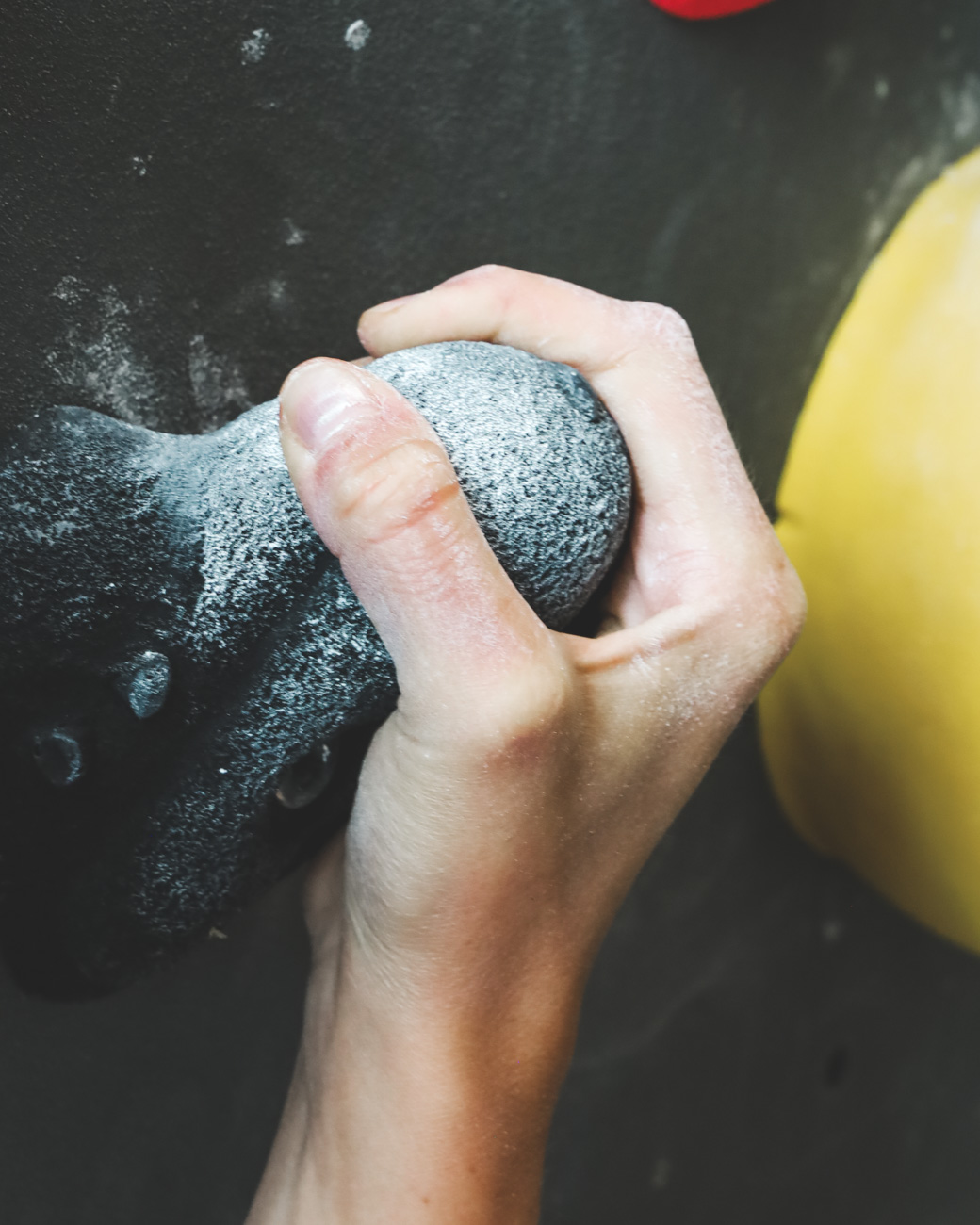
Zurück
Weiter
As far as the difficulty of climbing is concerned, it makes a big difference whether the rope is already hooked in at the top or whether the climber has to hook the rope into the belay hook/carabiner by himself with one hand. For this reason, a distinction is made in climbing between the following variants:
Lead climbing: there is no rope hanging in the wall yet. The climber must hook the rope into the carabiner with one hand. In the event of a fall, the last carabiner hooked in holds him.
Climbing on the top rope: It is much easier for beginners if the rope is already hanging in the top belay. This significantly reduces the height of the fall and the climber has both hands free for climbing. In many halls, there are already several ropes hanging in the wall (toprope), which beginners without lead climbing experience can use.
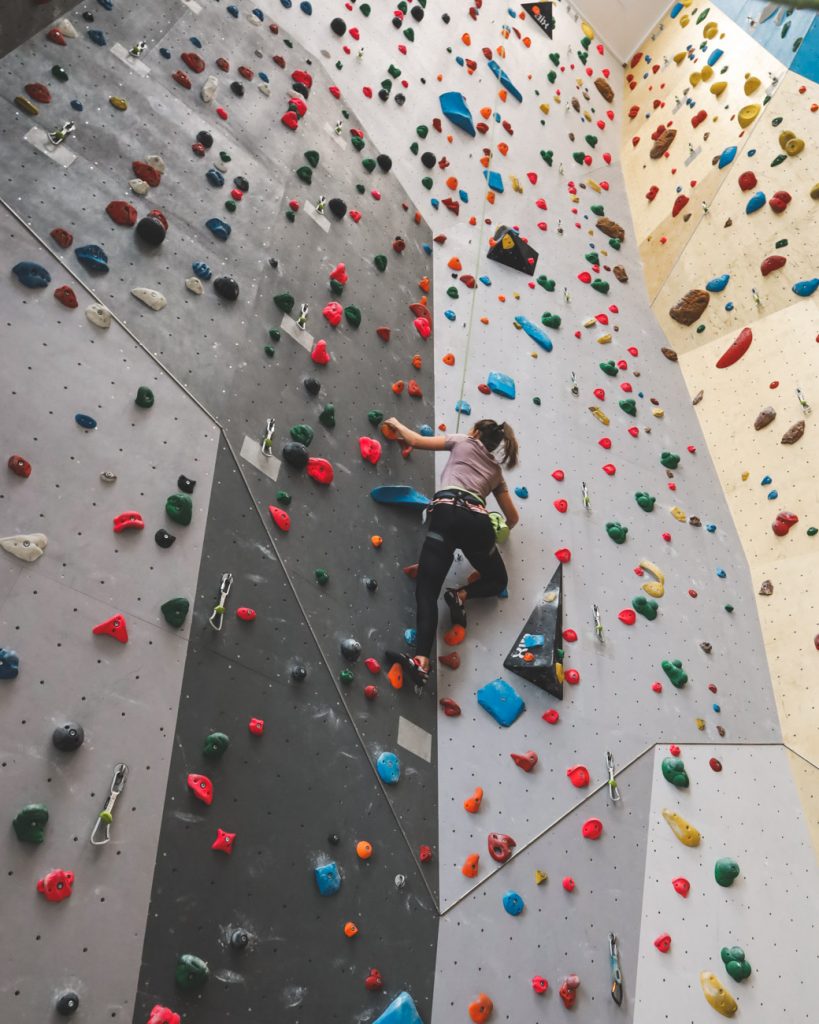
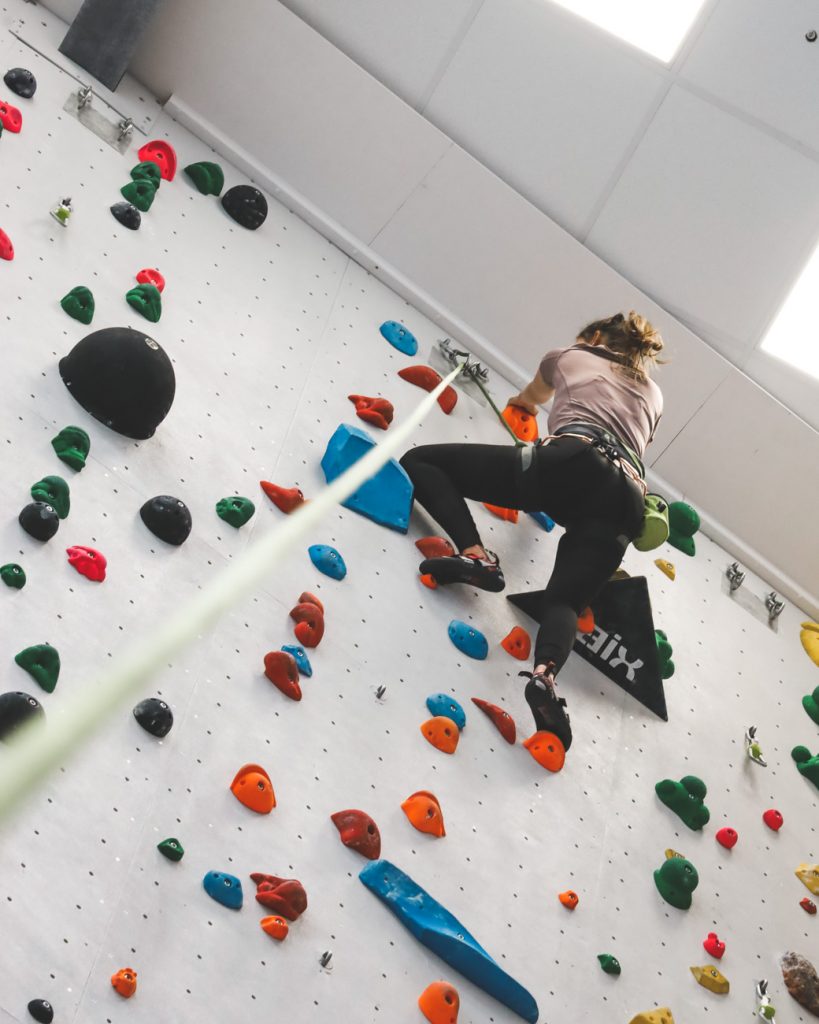
HOW DO YOU START?
We would definitely recommend every beginner to book a climbing course at the beginning or to visit the hall with a very experienced climbing friend. At the checkout, people often ask about climbing skills, but the liability and responsibility always lie with the climber. The hall operators will confirm this in writing. So you don’t need a climbing license or course certificate to use a hall, but you do need to know how to belay properly and use the (rental) equipment.
It’s best to search online for a climbing hall near you and find out when the next beginners’ course or trial course is taking place.
Course content:
- Putting on a climbing harness properly
- Learn how to tie a rope knot (so-called “figure-eight knot”)
- Self-check/partner check
- Toprope belay and fall hold
- Basics climbing technique (climbing with the power of the feet, long arms,…)
- Controlled lowering
- Fall training


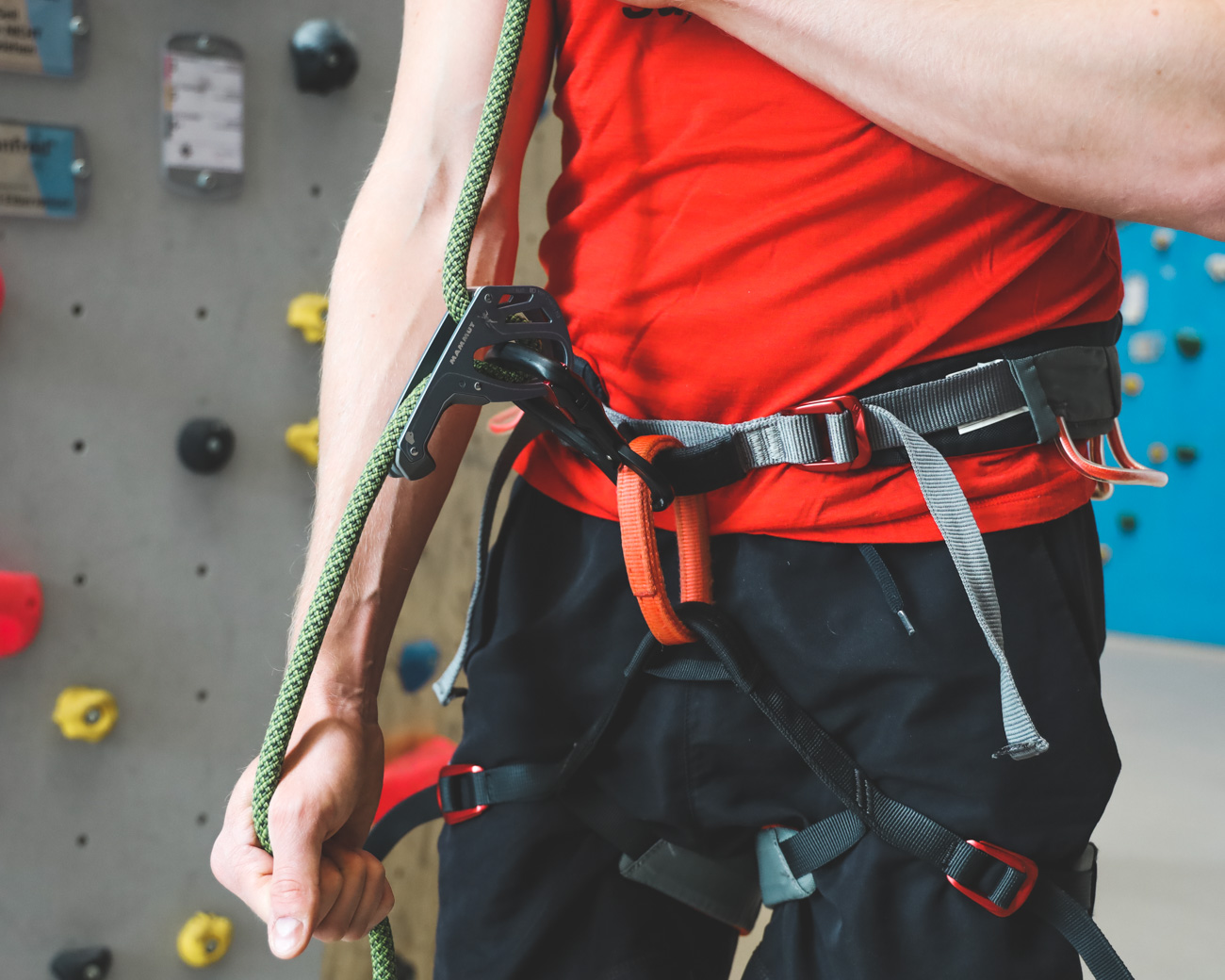
Zurück
Weiter
CONCLUSION
Climbing may seem a bit complicated at first glance, but don’t let that scare you away. This sport brings many positive side effects for everyone – young or old – and is really a lot of fun once you understand the basics. Climbing not only strengthens back, abdominal, and arm muscles, but also promotes agility and a sense of balance. After a successfully climbed route, you can look forward to some endorphins (happy hormones). And don’t worry: if you have a climbing partner you can rely on and who will belay you properly, nothing can happen when climbing indoors.
Personally, we love indoor climbing especially in winter or even during winter vacation. Instead of skiing or going to a spa, we like to look for a climbing hall or even better: a hotel with a climbing wall. You can find an indoor climbing wall for example at the Falkensteiner Club Funimation Katschberg or at the Falkensteiner Hotel Kronplatz in South Tyrol.
Note: This article does not replace a beginner’s course for indoor climbing, which we recommend to everyone at the beginning.
